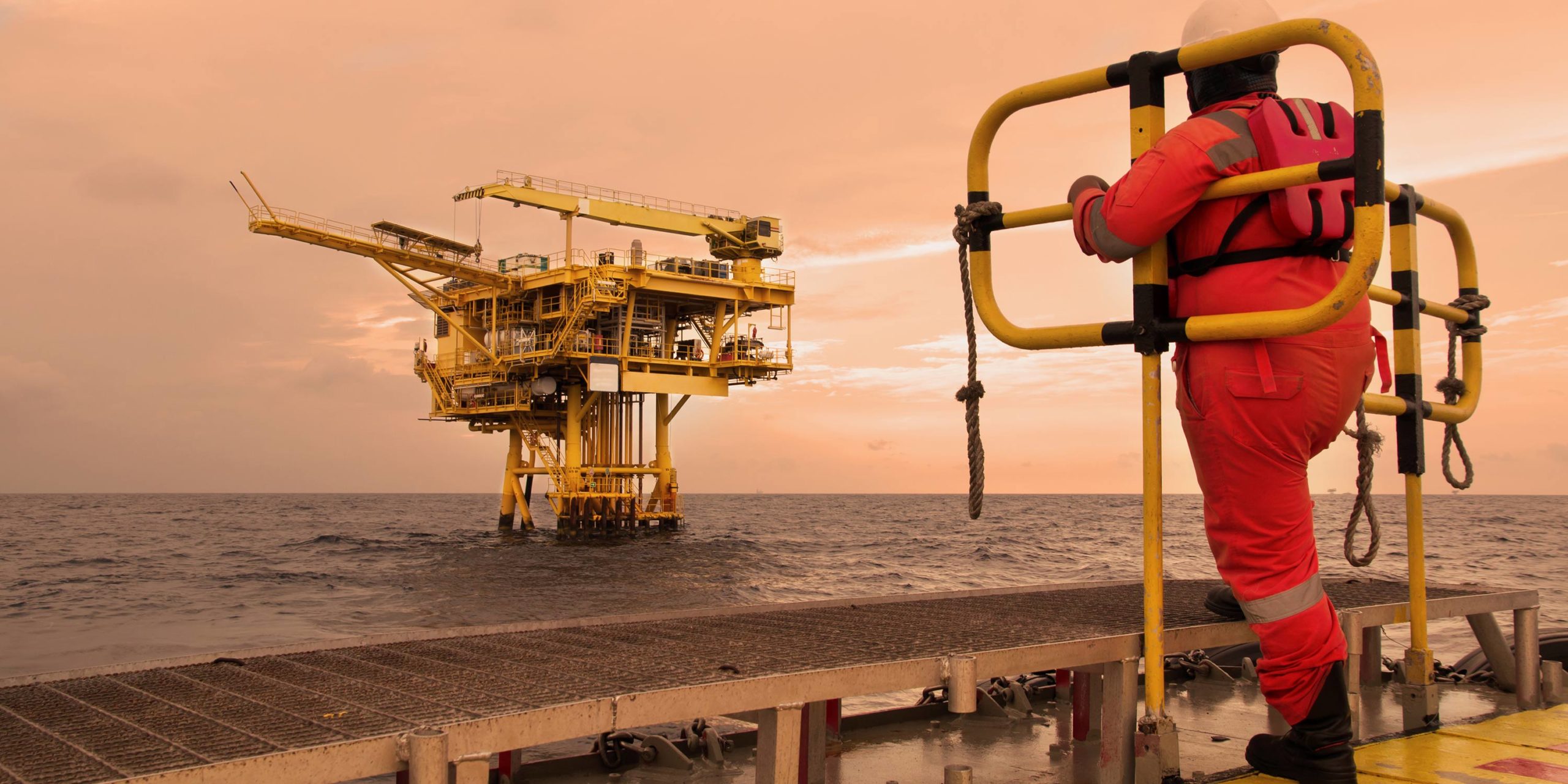The trials and tribulations of the global oilfield services sector has been much publicised in recent months. The latest edition of Douglas-Westwood’s World Oilfield Services Market Forecast estimates Capex in the sector fell by 38% in 2015. Adjustments to spending plans are expected to continue well into 2016, compounding 2015’s decline by a further 10% in 2016.
The North American onshore market has undoubtedly taken the brunt of the industry downturn, with OFS expenditure falling 58% in 2015 alongside a 62% decline in onshore rig count and a 47% fall in onshore wells drilled. Recent analysis by Haynes and Boone indicate a total of 46 North American oilfield services companies have filed for bankruptcy since the start of 2015 – a number which DW expects to grow over the next 6-12 months. Offshore North American spend has also been hit hard by the industry downturn – with a 66% decrease in shallow water wells drilled. However, expenditure in the region has been supported by deepwater drilling, which has seen high day rate rigs remain on contract, resulting in an offshore OFS expenditure decline of only 19%. Post-2016 spend will decline consistently through to 2020 as these rigs come off contract, significantly reducing the average day rate of rigs drilling.
Africa has been the most robust region for OFS spend, 2015 saw the highest number of deepwater wells drilled in the region since 2009, resulting in a 1% increase in total offshore spend. Rig and & crew expenditure is the sole driver of the increase, with all other service lines seeing contraction in spend due to pricing reductions. Offshore rig & crew has been an exception to this trend due to drilling contracts still in place from before the market downturn. However, upon contract expiry, these rigs are likely to command significantly lower day rates due to MODU oversupply and declining offshore drilling activity. Consequently, DW expect offshore Africa expenditure to decline 7% year on year over 2016-2020.
The predominant driver of the current market downturn is OPEC’s oil production position – led by Saudi Arabia’s desire to maintain market share. DW estimate the number of development wells in the Middle East increased incrementally in 2015, however, OFS expenditure in the region fell by 18%. This is due to a raft of cost cutting initiatives and contract re-negotiations undertaken by operators, including Saudi Aramco reducing service pricing by some 20%. The removal of Iranian sanctions is expected to bolster OFS expenditure growth in 2016, both onshore and offshore. Total expenditure growth for 2016 is likely to amount to 3%, with an average growth rate of 5% over 2016-2020.
Coiled tubing (CT) services remains a bright spot within our OFS sector outlook, due to increasing utilisation at well sites across the globe. There is a clear industry trend towards longer and increasingly deviated drilling trajectories – supporting growth in the use of CT. Services with brownfield applications such as surface well testing, production testing, fishing and stimulation are also expected to see relatively strong growth through to 2020. Operators looking to maintain flow rates from existing assets will be a main target for OFS work through the forecast, a reversal of trends seen prior to 2015.
Global Oilfield Services – Adjustments to Continue Well Into 2016




